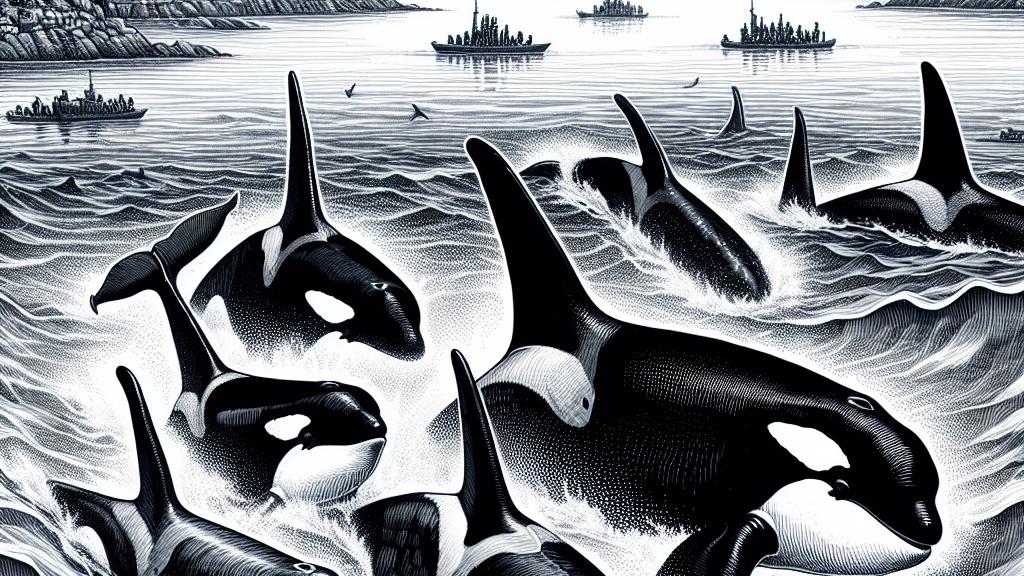Mystery of Southern Killer Whales and Their Food Supply
Overview
- Southern resident killer whales, with only 73 individuals left, face critical endangerment in the Pacific.
- Recent research challenges the belief that their plight results solely from salmon shortages.
- Increased boat traffic and environmental noise may be hindering their hunting abilities.

The Dire Status of Southern Resident Killer Whales
The southern resident killer whales, a majestic symbol of marine biodiversity, inhabit the rich waters of the Pacific Ocean, stretching from California to British Columbia. Tragically, only 73 individuals remain in this population, marking them as one of the most endangered marine mammals on the planet. Their declining numbers tell a heartbreaking story of survival challenges, as these awe-inspiring whales face increasing difficulties not only in finding food but also in reproducing successfully. These alarming trends stir concern among scientists and environmentalists alike, who are deeply invested in the orcas’ future.
Reassessing Food Supply Myths
Intriguingly, the common assumption that salmon scarcity is the primary cause of these whales' struggles has recently been questioned through comprehensive research led by scientists at The University of British Columbia. While chinook salmon has long been a staple of the orcas' diet, anglers and whale-watching crews have noticed plentiful salmon populations in their feeding grounds. However, the issue may lie not in the availability of salmon but rather in the whales’ ability to catch them. For instance, observers frequently see orcas swimming alongside schools of salmon, yet these seemingly fruitful encounters don’t guarantee successful hunts. The complexity of this situation compels researchers to explore how various factors may be interfering with the whales’ hunting strategies.
The Impact of Noise Pollution and Other Environmental Factors
Among the host of challenges facing the southern resident killer whales, one significant factor is noise pollution stemming from the burgeoning boat traffic in the Salish Sea. This increased maritime activity creates a constant backdrop of disruptive sounds that can interfere with echolocation, the primary tool these whales use to locate prey. In contrast, their northern resident counterparts are thriving in quieter regions, underscoring the detrimental impact of noise on the southern pods. Moreover, seasonal changes in the salmon population further complicate their feeding habits, leading to tragic incidents, such as the starvation of a calf during a critical time of year. It’s evident that to ensure the survival of these remarkable creatures, concerted efforts to mitigate environmental impacts and deepen our understanding of their life and challenges are paramount.

Loading...